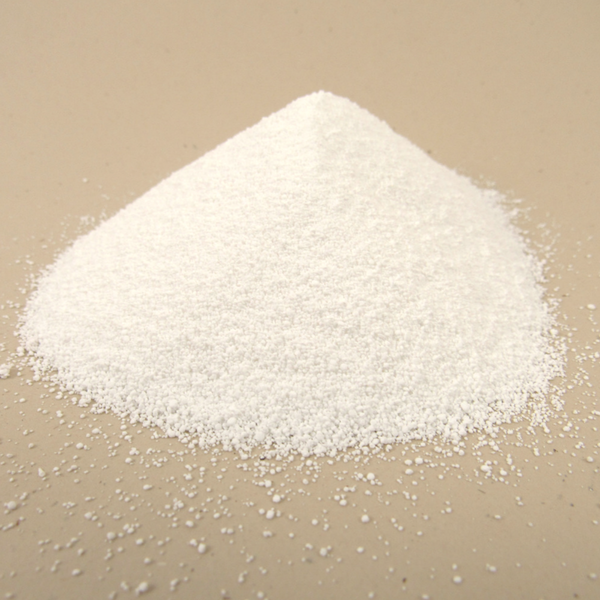The Valley, The Lake, The Mineral

Soda Ash. Image credit: Botanical Colors
Some 30 million years ago, the Somali and Nubian tectonic plates, at the same time, pulled away from the Arabian plate causing the outermost layer of the earth’s surface to split. The event was itself monstrous and resulted in the formation of an unfamiliar depression which consisted of a flat floor and steep sides. The depression ran 6,000 kilometres, from Asia all the way to southeast Africa in countries presently known as Lebanon and Mozambique respectively.
It would later be mapped as the Great Rift Valley.
A section of the greater valley was named the East African Rift System due to its location, and it became one of the most magnificent physical features that occupied Ethiopia, Kenya and Tanzania.
But the Rift wasn’t just a depression in these three states; it’s breathtaking landscape was a feature that attracted early explorers and later, photographers and filmmakers sought to document it.
The East African Rift evolved, and as it did, water basins formed on its floor.
Fast forward to 20, 000 years ago: the late Pleistocene to mid-Holocene era. One of the East African Rift’s basins was the Magadi basin. It extended from present-day Kajiado county running all the way south to the Natron basin in northern Tanzania, often forming a single, larger lake. Back then the Magadi basin was a freshwater body hosting a variety of fish.
Yet as the years went by, hot springs with high salt content on the lake’s edge formed and started feeding water into the lake. In the wet seasons, streams of salty water flowed into the lake and soon enough, the bed was filled with semisolid sodium bicarbonate. As a result, the water’s alkalinity increased. On the surface, the waters occasionally turned to a vibrant pink. However, in contrast, the lake’s size steadily decreased to its current 100 square kilometres. The initial fishes died and their remains were preserved in various locations around the lake’s shoreline.
Today, Lake Magadi is an immaculate spot where hundreds of flamingos gather, sometimes blending in with the lake. But it isn’t just this sight that makes the lake phenomenal, rather, it’s the powder-like treasure beneath its surface. The word ‘magadi’ is Kiswahili for ‘soda’, because in the dry season, 80% of the lake is covered by soda ash (sodium bicarbonate) – one of Kenya’s plentiful minerals. This #KeMineral is extracted through an open-cast method by use of dredgers. The mineral itself is found in crystals called ‘trona’ – a blend of soda ash and water. The Magadi Soda Company is responsible for the mining and processing of this mineral. The trona crystals are extracted, transported to the factory a few kilometres from the lake, and the water is separated through evaporation to produce soda ash which is packed for selling. Soda ash is then used in soap making, in the manufacturing of cosmetics, curative drugs, fertilizers, and even glass, paper and aluminum. It is used as a preservative for red meats and fish, but more importantly, it is one of our country’s top exports.
Have you been to Lake Magadi? Experienced the hot springs or know something deeper about the history of soda ash in Kenya? Let us know.

Magadi Town on map

Tata chemicals company in Magadi

Lake Magadi. Image credit: Ripley’s Believe it or Not

Lake Magadi. Image credit: Nairaland



